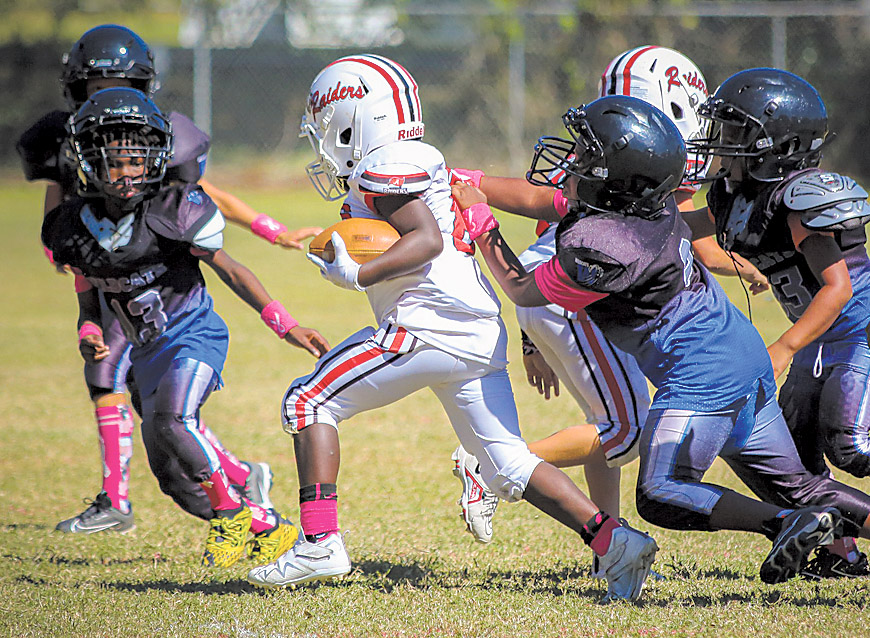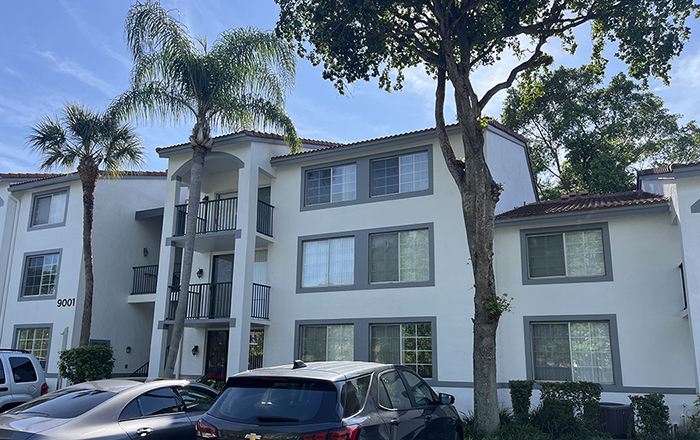TALLAHASSEE, Fla. – The Florida Department of Highway Safety and Motor Vehicles (FLHSMV), its division of the Florida Highway Patrol (FHP), is partnering with the Florida Department of Transportation (FDOT), Florida Police Chiefs Association (FPCA), Florida Sheriffs Association (FSA), and AAA – The Auto Club Group to drive the Move Over message statewide ensuring all emergency, service professionals, utility workers and disabled motorists that work or are parked along Florida’s roadways Arrive Alive.
While most drivers understand to pull over for emergency vehicles approaching from behind, state law also requires vehicles to move over a lane for certain emergency and service vehicles stopped on the side of the road, or slow down if they cannot safely move over. In 2022, 170 crashes and 14,130 citations were issued in Florida for motorists failing to move over. Those who were issued citations were primarily between 20 and 50.
“Moving over benefits everyone,” said Executive Director Dave Kerner. “Protect not only emergency, utility, and sanitation vehicles but also your family and loved ones by keeping your eyes on the road and moving over when you see a vehicle, including a disabled vehicle, on the side of the road. If you can’t move over, you should decrease your speed to 20 miles an hour and pass cautiously. Save a life and move over.”

Throughout January, FHP troopers will continue to educate the public, individuals not complying with the Move Over Law, and other motorists they come into contact with. The public is encouraged to report aggressive or dangerous drivers by dialing *FHP (*347). |
“The Move Over Law protects all of Florida’s citizens and visitors” said FHP Colonel Gary Howze. “In addition to providing public service professionals the space they need to deliver critical services; it provides safety to our residents and their guests should they experience difficulties with their vehicle.”
All 50 states have Move Over laws, and Florida’s Move Over Law, section 316.126, F.S., was put into law in 2002. Initially introduced in 1971, the law required motorists to move or yield right-of-way to emergency vehicles. The law has been amended over the years to make roads safer. In 2014, utility and sanitation vehicles were added, and then in 2021, road and bridge maintenance or construction vehicles displaying warning lights were also included. This year (2023), the law was expanded (effective 1/1/24) to include moving over for all disabled vehicles on the side of the road that are stopped and display warning/hazard lights.
"Every day, first responders assist motorists on major roadways throughout Florida, including law enforcement, emergency service personnel, and our FDOT Road Rangers,” said Florida Department of Transportation (FDOT) Secretary Jared W. Perdue, P.E. "The Move Over Law is vital for the wellbeing of these brave responders to be able to safely do their jobs. FDOT is proud to partner with Florida Highway Safety and Motor Vehicles on this campaign so we can help get everyone on their way and reach their destination safely.”
Add a comment"As we embark on another year of ensuring safety on Florida's roads, the Florida Police Chiefs Association invites every motorist to join us in safeguarding those who dedicate their lives to protect us,” FPCA President and Clermont Police Department Chief Charles "Chuck" Broadway. “Observing the Move Over Law is more than a legal duty; it's a simple yet powerful gesture of respect and care for the brave individuals who stand at the front line of roadside safety. Let's all move over and create a safer environment, not just because it's the law, but because it's the right thing to do for our everyday heroes.”
“Our deputy sheriffs are on the highways day and night providing protection for our citizens we so honorably serve. If you see a first responder vehicle stopped on the shoulder of the roadway, please move over to help protect those who protect you. On behalf of our Florida Sheriffs, I fully endorse the Department of Highway Safety and Motor Vehicles’ Move Over Campaign,” stated Nassau County Sheriff Bill Leeper, President of the Florida Sheriffs Association.
“Nearly 350 people are struck and killed outside a disabled vehicle each year,” said Michele Harris, Florida Public Affairs Director for AAA – The Auto Club Group. “Do the right thing by slowing down and moving over for all vehicles on the roadside; an emergency vehicle or tow provider with flashing lights or a disabled vehicle belonging to a driver with their hazard lights on.”
Information on Florida’s Move Over Law and downloadable campaign materials can be found on FLHSMV’s Move Over webpage. In addition to the awareness campaign, FLHSMV educates new and young drivers on the Move Over Law year-round with information in the Florida Driver Handbook and includes Move Over questions on the Florida driver knowledge exam. For more information on the Move Over crash and citation dashboard visit the FLHSMV Move Over Safety Center.
# # #
Email editor@
alachuatoday.com


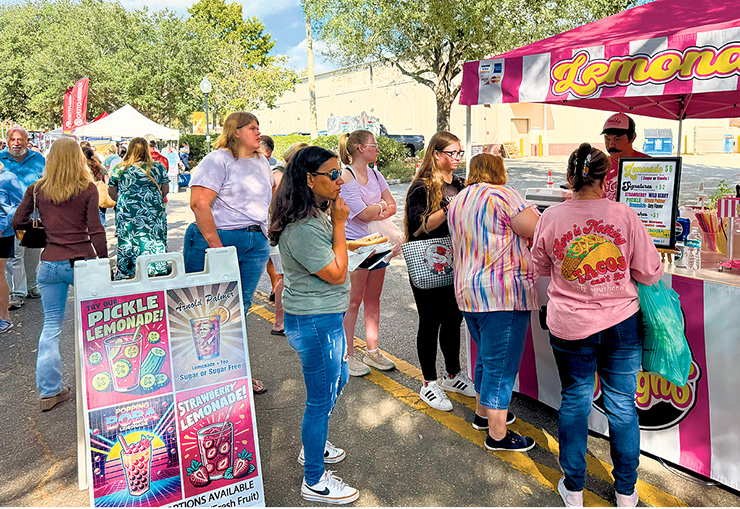
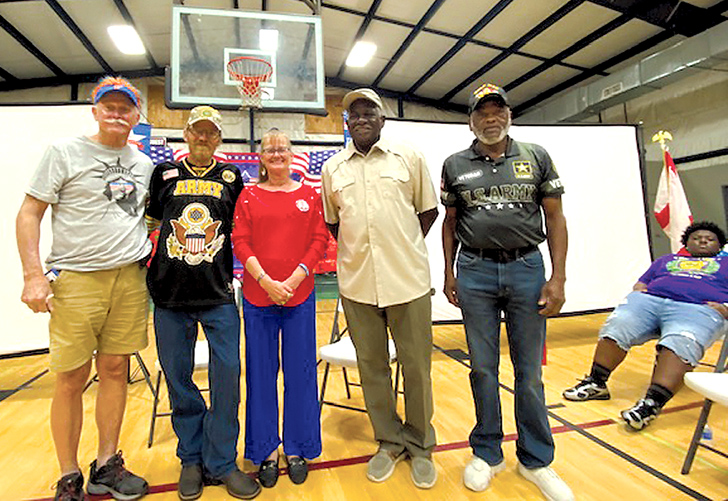
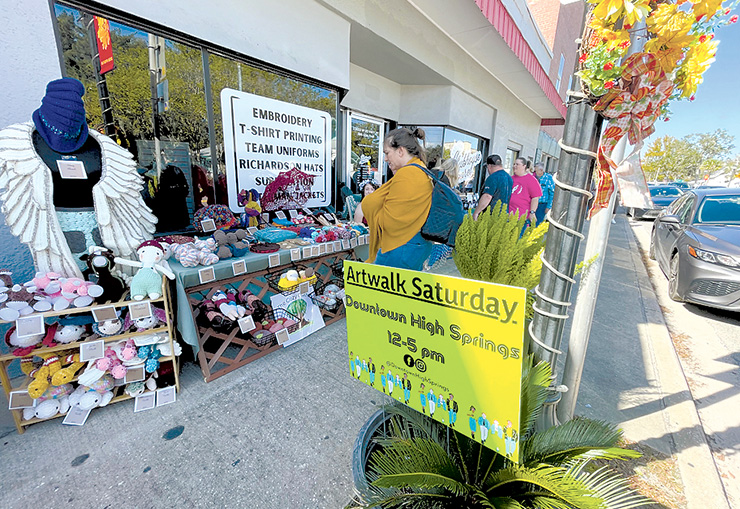
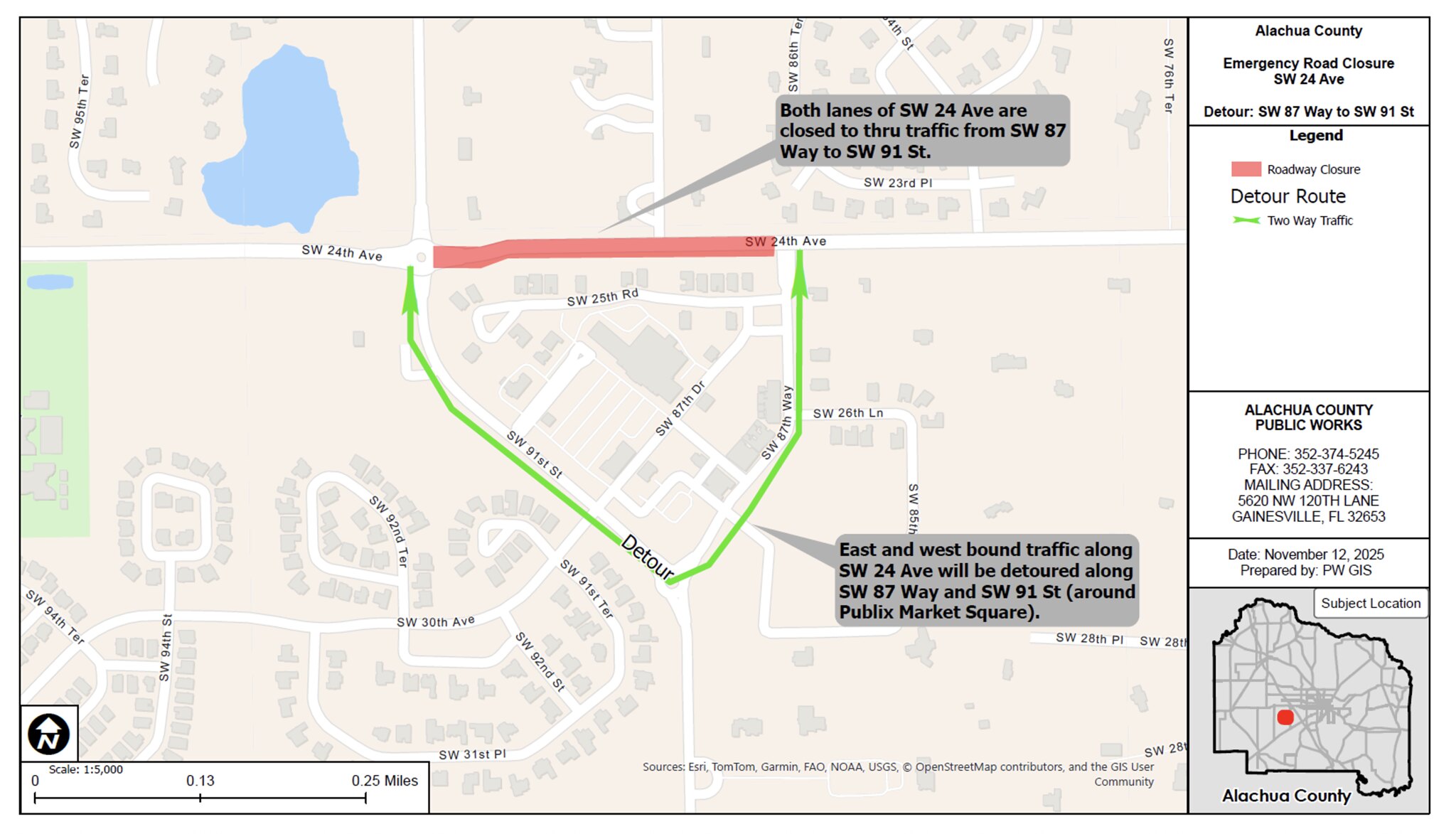








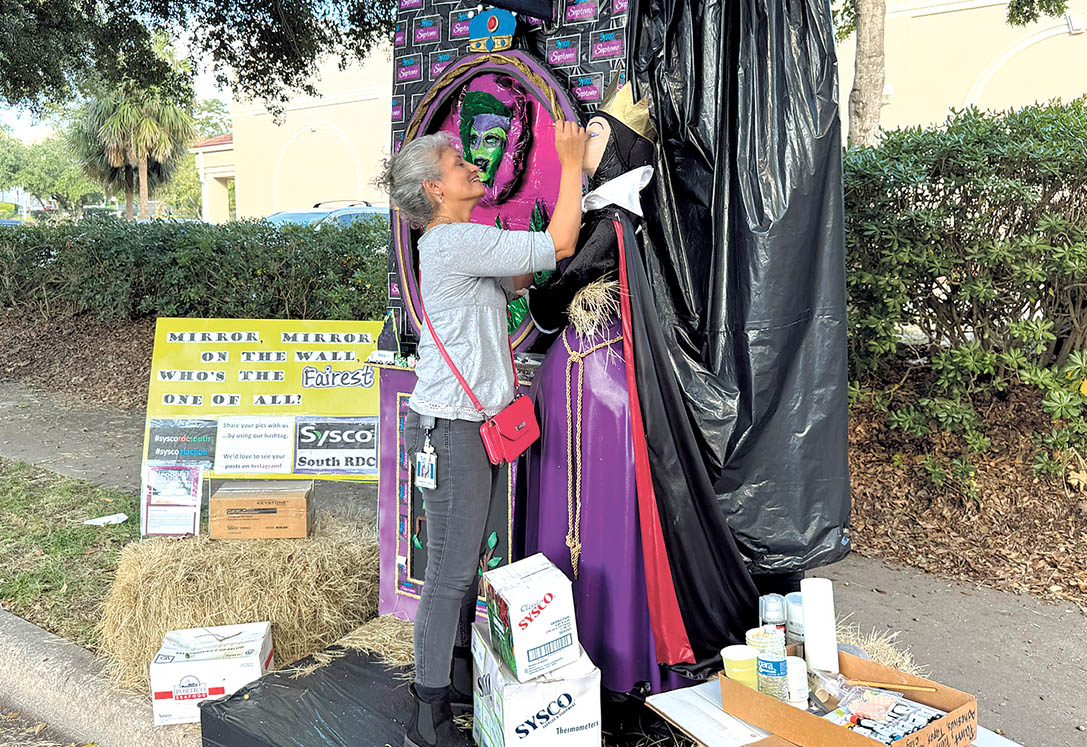
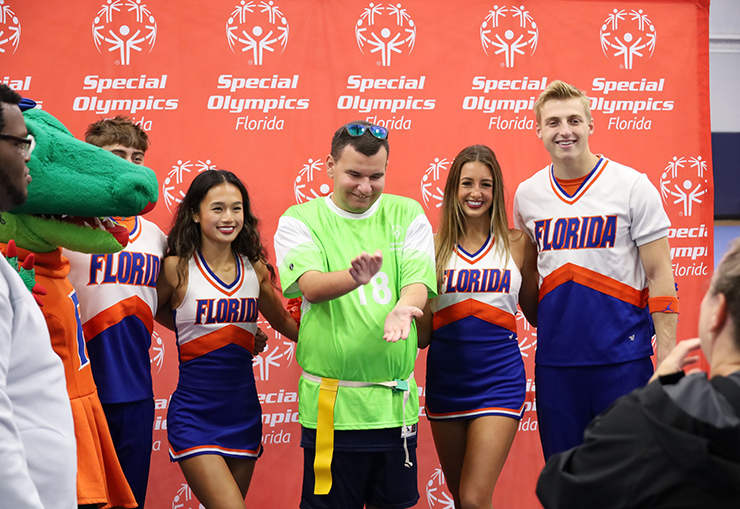
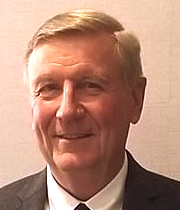 Everyone taking prescription medications should be aware of essential safety practices. Here are six tips to help ensure you are taking your medicine correctly and safely:
Everyone taking prescription medications should be aware of essential safety practices. Here are six tips to help ensure you are taking your medicine correctly and safely:

